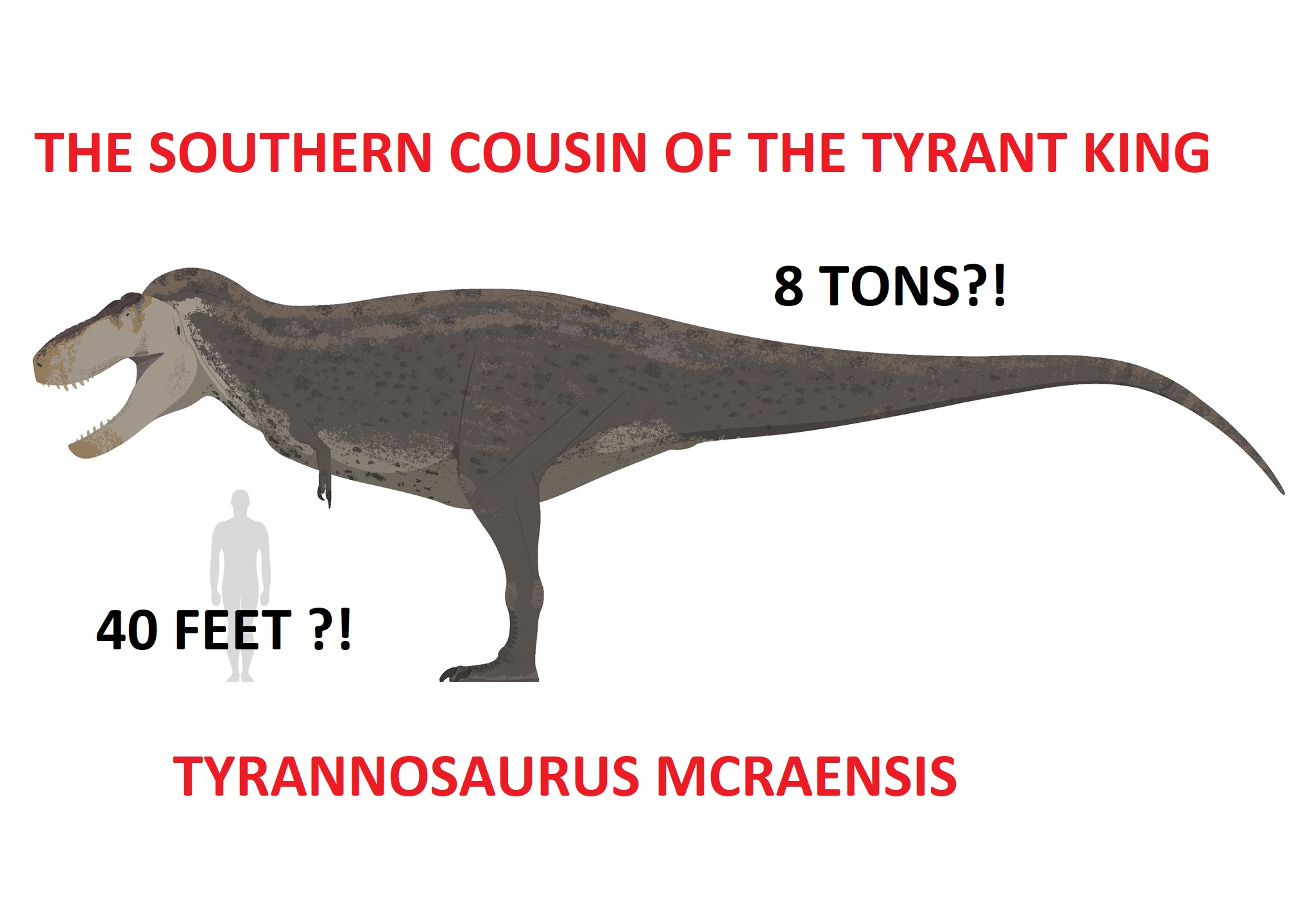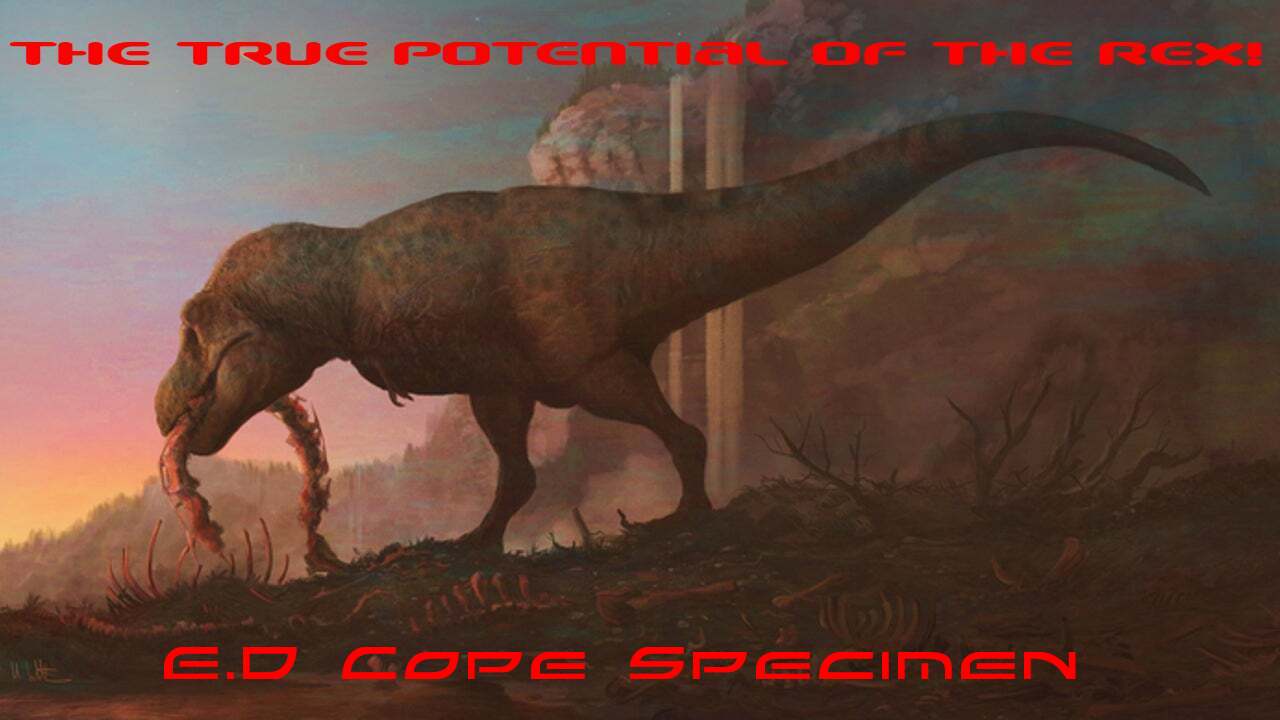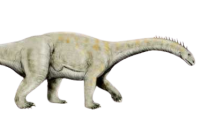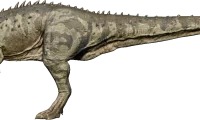Recently, the paleontological community has been buzzing with the revelation of a new dinosaur species: Tyrannosaurus mcraensis, affectionately dubbed “Grandpa Rex.” This new species promises to shed light on the evolutionary lineage of the famed Tyrannosaurus rex, providing a glimpse into the ancient ecosystems that preceded the iconic reign of T. rex.
The discovery of Tyrannosaurus mcraensis, which lived approximately 6-7 million years before T. rex, challenges our previous understanding of tyrannosaur evolution. This species was uncovered through meticulous paleontological investigations, revealing a creature that was formidable in its own right. Weighing in at an estimated 8-9 tons, T. mcraensis was comparable in mass to some of the largest theropods known, such as the renowned specimen “Stan.”
What makes T. mcraensis particularly fascinating is its coexistence with other notable dinosaur species of its time. Evidence suggests that this predator shared its habitat with large ceratopsians, akin to Triceratops, as well as ankylosaurids and early ancestors of Alamosaurus. This diverse assemblage of megafauna paints a vibrant picture of a dynamic and interconnected prehistoric ecosystem.
In terms of physical characteristics, T. mcraensis had a thinner skull compared to its later relative, T. rex. This anatomical feature might have been advantageous for preying on large sauropods, such as the giant Alamosaurus. The thinner skull, coupled with a likely robust musculature, suggests that T. mcraensis was both agile and powerful, capable of swift movements while delivering lethal bites to its prey.
The diet of T. mcraensis would have been reflective of the available fauna in its environment. The presence of large herbivorous dinosaurs indicates that T. mcraensis had ample prey to sustain its massive size. The adaptation to hunt such large prey highlights the evolutionary pressures that shaped the predatory strategies of tyrannosaurs over millions of years.
This discovery not only enhances our understanding of tyrannosaur evolution but also raises intriguing questions about the diversification and adaptation of these apex predators. The emergence of T. mcraensis prior to T. rex suggests a more complex evolutionary history than previously thought, involving various adaptations to different ecological niches over time.
As we continue to unearth fossils and refine our techniques, each new discovery like T. mcraensis provides invaluable insights into the ancient world. The intricate details of their biology and ecology allow us to reconstruct the lives of these magnificent creatures with greater accuracy, offering a window into a time when dinosaurs dominated the Earth.
The world of paleontology is ever-evolving, and the discovery of Tyrannosaurus mcraensis is a testament to the ongoing quest for knowledge. As we piece together the fragments of our planet’s distant past, we can appreciate the complexity and grandeur of the ecosystems that once thrived. Stay tuned for more groundbreaking discoveries as we continue to explore the depths of prehistoric life.














